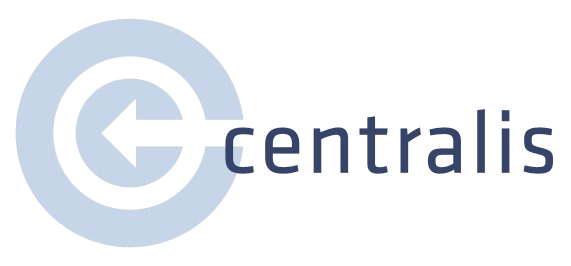Every time I look at my email these days, a company is telling me how they have improved my user experience through new or redesigned features and benefits. They’ve listened! The site is more intuitive! The features I’ve asked for are now included! It seems like all the companies I deal with are very excited about improving my interactions with their product.
Overall, this is a good thing – yes, I would like a better UX, thank you very much. Sadly, however, the marketing department’s enthusiasm often gets ahead of organization’s ability to deliver on the promise of the new experience across all touchpoints with the customer. The group that created the improvement – be it the web team, the mobile team, customer service, etc. – can often only see and influence their part of the product, and not its impact on other parts of the system. The result can be a worse experience than not offering the improvement at all.
The Promise
On a recent weekend trip, I decided to take advantage of a new perk that Marriott recently touted with much fanfare: if elite members check in via their newly redesigned mobile app, they can (among other things), request a late check-out. Perfect, I thought – this would allow me to attend my Sunday morning event and go for a run (and take a shower) in the afternoon before heading home in the evening. I happily checked in through the app and submitted my request. On the last day of my stay, I noted that my 4pm checkout time was confirmed:
The Reality
After a glorious outdoor run on a hot, sunny afternoon, I returned to the hotel around 3:15pm for a quick shower before heading out of town. As I stood in the hallway trying to open my door (dripping sweat, mind you), it became clear that the hotel had deactivated my room key. Sigh. Back down the hallway to the elevators I went, and through the lobby to the front desk, where I stood in line for a bit and then asked the clerk to reactivate my key. “Oh, ma’am, it looks like you’ve checked out. It’s well after check out time.” Sigh. After showing her the above screenshot (good thing I run with my phone!), she apologized and got me a new key.
Back in the room, as I cleaned myself up and tried to get on my way, the housekeepers ignored the “Do Not Disturb” sign, knocked on the door, and then tried to enter (good thing I use those funny door lock things!). Enough already, I thought. This doesn’t feel like a member benefit; it feels like you’re trying to get rid of me! I doubt this is the “better user experience” that Marriott had in mind.
Back at home the next day, I got the kicker – since the front desk clerk had re-checked me in to give me the key, they billed me for an entire extra night. My “benefit” of a late check out was now costing me money in addition to time and fuss. Big, big sigh.
The Resolution, and The Real Problem
A phone call to the hotel straightened out my bill right away, so kudos to Marriott for fixing their errors. The hotel accountant’s reaction was telling, though, as he summarized the situation - “Looks like the app isn’t working.”
Actually, to me (the user), it looks like the entire user experience isn’t working. The breakdown I encountered when trying to use this new benefit was a systems issue, and I don’t mean technological systems, although I’m sure they played a role. The system that broke is the end-to-end service provided by the company: all of the parts that need to function together as a whole to deliver on the promise. The check-in process, the front desk, housekeeping, and accounting were all on different pages, and as a result they could not produce a smooth, cohesive experience.
The lesson for companies is a simple one to understand but a challenging one to implement: something *new and improved* simply isn’t unless it works throughout the entire system. As designers, we need to think holistically about all the touchpoints that users will encounter when using something new, and ensure they are deliberately designed to provide a great experience overall.


